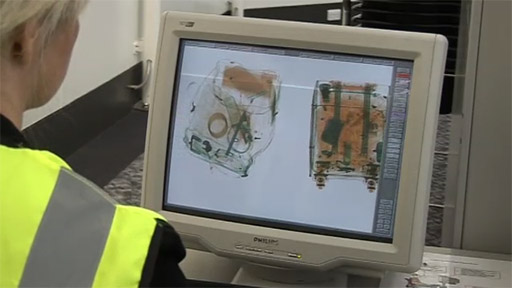4 Airports: the social, the material and the hybrid

We have seen how the airport can be analysed using the concepts of security, conduct and attachment. But the airport can also be used to explore the sociology of matter.
The sociology of matter investigates the relationship between the social and the material, natural world. Are material objects primarily shaped by their social uses? Or does their material form in fact shape the social uses that spring up around them? The sociology of matter approaches these questions and the case study of the airport will explore them.
In a moment you will watch an extract from ‘Materiality and the airport’ that explores the sociology of matter by looking at the airport from two different perspectives:
- the social
- the material.
The meaning of these will be clarified in the video by looking at examples from the airport.
Also during the video, look out for the following two sociological concepts and how they are used in the analysis:
- delegation
- scripting.
Now watch the video below.

Transcript: Materiality and the airport
Within the context of the sociology of matter, delegation refers the idea of getting material artefacts to stand in for the work of humans – it means being able to find a material agent or device to ‘act at a distance’. Scripting or prescription refers to the use of material artefacts in order to configure users – to attempt to control humans via the use of material artefacts. Whether intentionally or not, the design of a material technology embeds particular expectations of purpose, context, practice and use.
